 It’s not often that I get to headline the weekly update with something so.. so… unbeery – but is beer ever really that much removed from politics? Consider this photo to the right that circulated about a man to the left. I was as sad that it was Coors Light, the faceless multinationals of beer that he was pouring as much as I was saddened by the mleko* pour. The Late Great Jack Layton held the red banner high here in Canada for years and he also knew how to pour a beer with a bit of style.
It’s not often that I get to headline the weekly update with something so.. so… unbeery – but is beer ever really that much removed from politics? Consider this photo to the right that circulated about a man to the left. I was as sad that it was Coors Light, the faceless multinationals of beer that he was pouring as much as I was saddened by the mleko* pour. The Late Great Jack Layton held the red banner high here in Canada for years and he also knew how to pour a beer with a bit of style.
Given it is Yule, I will start with Ben Johnson and his list of ways to avoid the Christmas party hell you fear most, other drinking your good stuff:
Hosting at home guarantees my own access to good hooch but it also opens the door to the undesirable possibility that my guests might assume that they will be graced with the same luxury, which of course they are not. Indeed the one downside to hosting is that it means people might drink my beer. Thankfully, over the years, I’ve learned ways to keep my guests from dipping into my stash and I’m here to pass that wisdom on to you.
Speaking of Yule, Merryn in Orkney and Lars in Norway were discussing Christmas brewing obligations in Norway when Lars made this extraordinary statement:
This was not even the law for all of Norway: it only applied in western Norway (the Gulathing area). The other regional laws did not have this provision. (The Frostating law required brewing for midsummer.) Neither did the Swedish regional laws.
The Frostating law? Now I have to get my brain around the legal brewing requirements of other jurisdictions. It would be interesting to have a great big list when folk had to brew and why.
Katie of the shiny and the biscuit gave us a wonderful portrait of and an interview with two Mancunian fans leading the cause of cider from their demand side of the commercial transactional teeter totter, this week at Pellicle:
With Dick and Cath leading the march, Greater Manchester has become the centre of “real” cider in the North in the space of two years. Together, they created the Manchester Cider Club, and in doing so have brought cidermakers like Tom Oliver, Albert Johnson (Ross-on-Wye) and Susanna and James Forbes (Little Pomona) to the city. At regularly sold-out ticketed events and inclusive meet-ups, they are encouraged to answer questions and share their cider with a new, northern audience.
From further east, the tale of Vienna Lager was told at scale in the seven days at A Tempest in a Tankard:
Four hours east of Munich as the RailJet flies, the Viennese were marking a milestone anniversary of their own, albeit with much less fanfare: 175 years of Vienna Lager. Even if no museums commemorated the fact, and even if the media resonance was akin to the sound of one hand clapping, Vienna had good reason to celebrate its contribution to the culture of brewing. Bottom-fermented beer had been produced for centuries in Europe’s Alpine regions, but it wasn’t until Anton Dreher, owner of the Brauhaus zu Klein-Schwechat, brought together technological advances he learned in Britain and Bavaria that he was able to produce the first lager beer that could be brewed year-round. That happened in 1841. **
Big Beer Corporate News? Apparently darling of a decade ago Stone is maybe up for sale, a rumour of a story almost entirely confirmed by the denials of the brewery. In another sort of bad brewery news reporting… or rather reporting on bad news for a brewery… it appears that New Belgium may have new clients amongst the authoritarian military elite!
The New Belgium Brewery insists it is not like other companies. Its owners, who are also its employees, are devoted to fighting social inequity and climate change, proving business can “be a force for good,” its website says. Their CEO Kim Jordan was honoured among 30 “World-Changing Women in Conscious Business” last year. Employees even get free bicycles. But those ethical credentials have not stopped them planning to sell their firm, which has breweries in Colorado and North Carolina, to a beer giant accused of funding genocide against the Rohingya in Myanmar.
Wow. Too bad there was no way for the governing hands on the nNew Belgium transaction to be warned of the situation, like a hearing of the International Court of Justice or anything. Speaking of things end-timesy, beer in the U.S. of A. is dying again:
The trend doesn’t appear to be reversing itself. Sales of domestic beer slipped 4.6% between October 2018 and October 2019, according to Nielsen. Microbrew and craft beers are also in a minor slump, down 0.4%, despite Big Beer companies scooping them up left and right (AnheuserBusch just purchased Craft Brew Alliance, which makes Redhook Ale).
“Microbrew” can only be a word used by someone who knows very little about microbrewing, rights? Aside from that, the story is White Claw and, if we had any sense, no one would care as that is something other people buy like purple velvet trousers or quadrophonic stereo systems. So why do we care? I don’t care. Affects me in no way. Nada.
All of which leads to the news in Ontario that the national brewpub chain Les 3 Brasseurs has announced that four of its locations in Ontario are closing:
Ten years ago, we entered the strategic market of Ontario and, over that time, experienced some great victories, notably our Yonge and Oakville restaurants, but also some challenges,” said Laurens Defour, CEO of 3 Brewers Canada, in a statement. “This is a difficult decision, but we have concluded that we need to close some sites in order to support the evolution of our business.
Careful readers will recall that I happily attended on of the busier outlets in Oakville last year and was quite happy with the carrot pale ale I was served.
 Barry in Germany posted an afternoon’s worth of photos of old apple and pear trees taken during a walk with his dog. Elsewhere in Germany, there is a pub branded with the likeness of Roger Prozt but denying it is a pub branded with the likeness of Roger Prozt. Protz commented thusly:
Barry in Germany posted an afternoon’s worth of photos of old apple and pear trees taken during a walk with his dog. Elsewhere in Germany, there is a pub branded with the likeness of Roger Prozt but denying it is a pub branded with the likeness of Roger Prozt. Protz commented thusly:
I’m not even allowed to be flattered. They deny any connection to me because they think – wrongly – I’m going to sue them. I recall the image that was produced for a beer event, same style for all participants.
Note: of the two being depicted, I’d suggest the dandy, the fop, jack the lad was more mocked than Peg. Interesting that the powdered wig was not a wig at all. And speaking of the Irish of yore, here is the tweet of the week:

“Ale has killed us”? Short memories of the Vikings apparently. But enough! I have a long day’s work ahead of me then need to settle in for the the election results. Don’t forget that there’s more news at Boak and Bailey’s on Saturday, at the OCBG Podcast on Tuesdays and sometimes a mid-week post of notes from The Fizz as well. And sign up for Katie’s weekly newsletter, too.
*A teacher in Poland I once was…
**I used a slightly different quotation than Boak and Bailey so I feel justified.

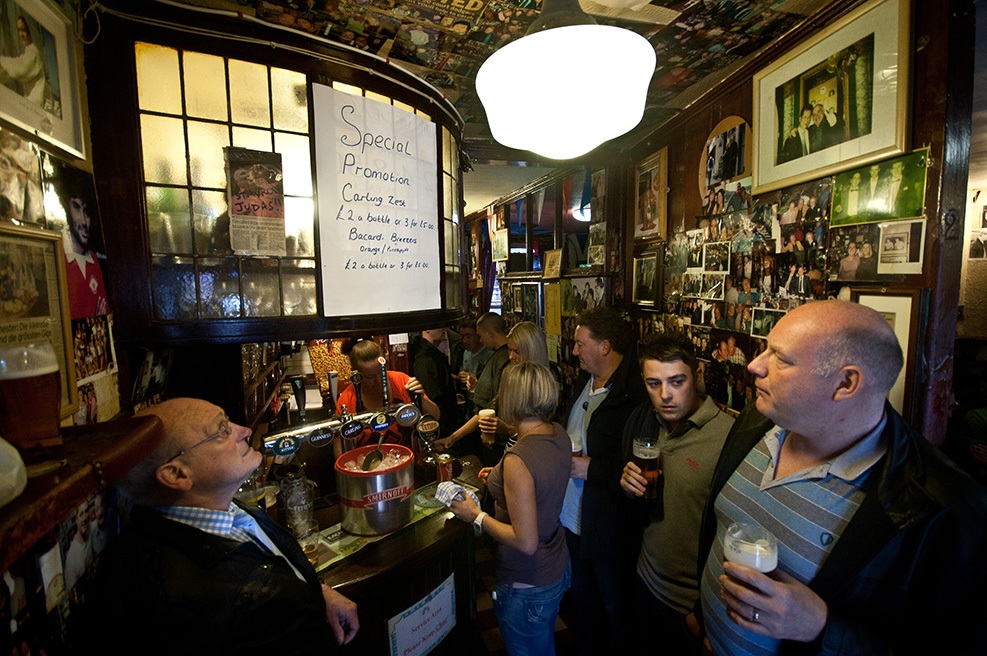
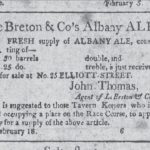



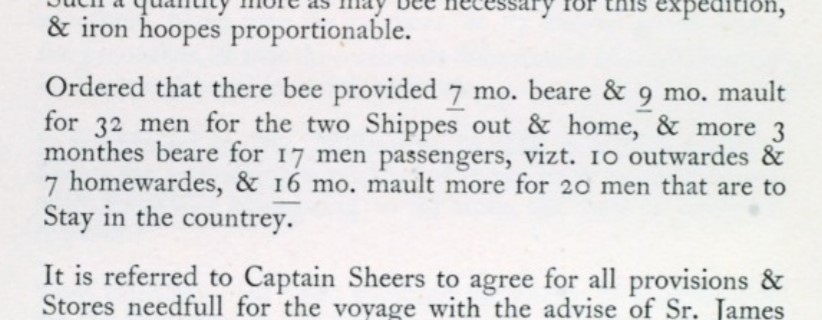



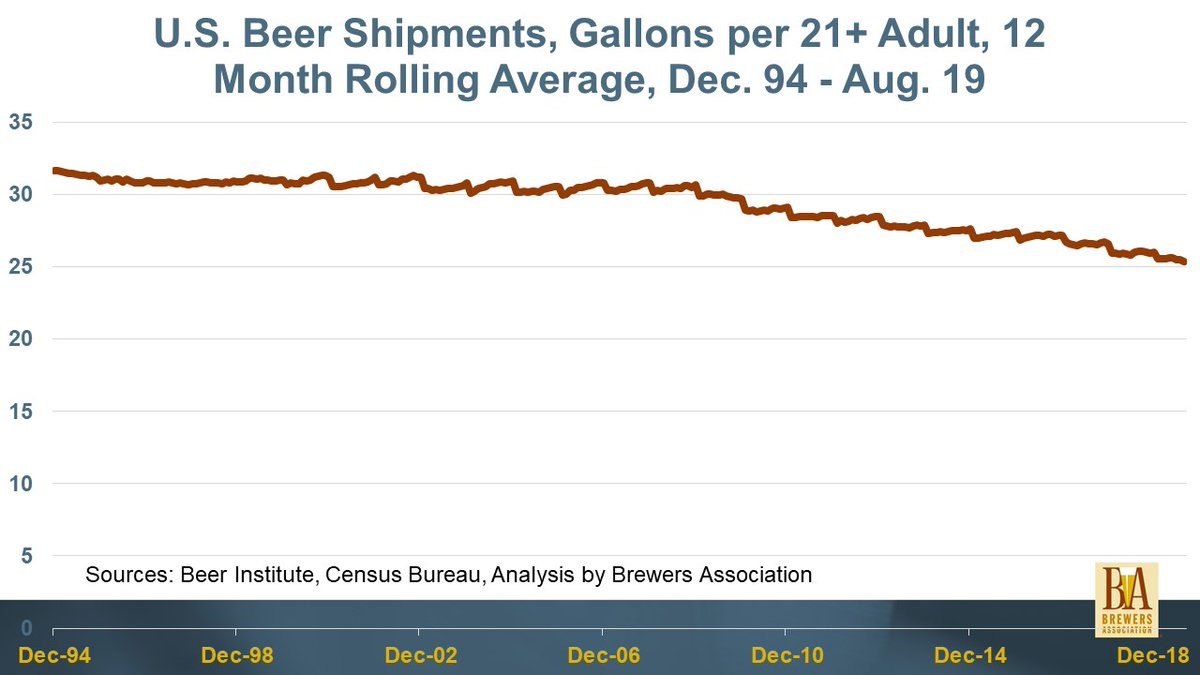
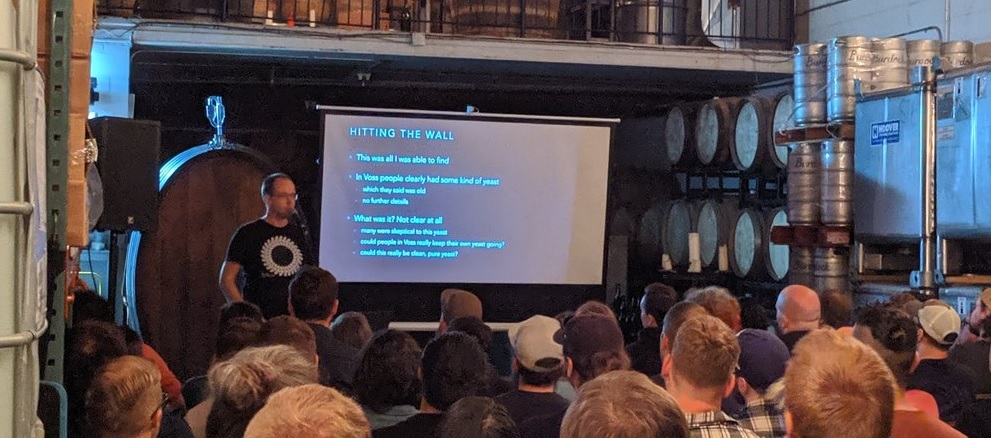
 Did someone say England? The BBC Archives shared
Did someone say England? The BBC Archives shared 
